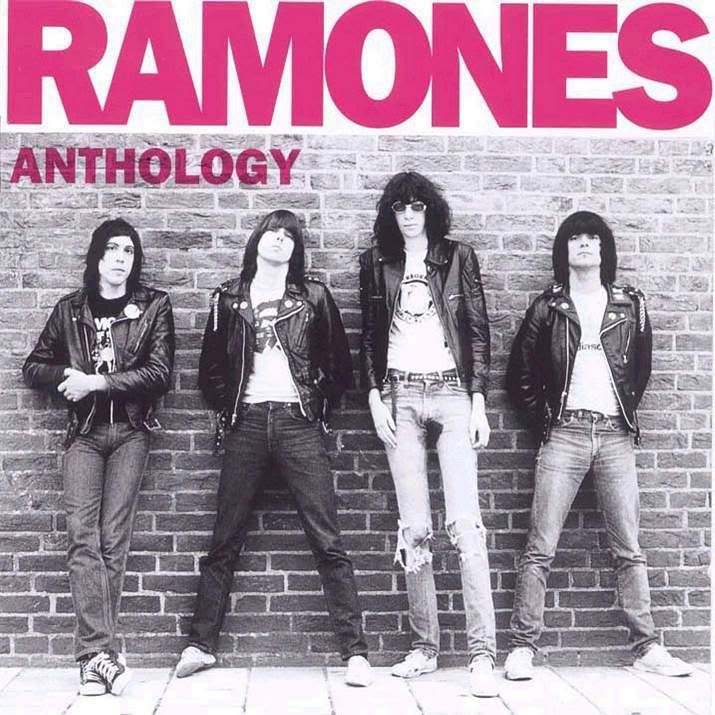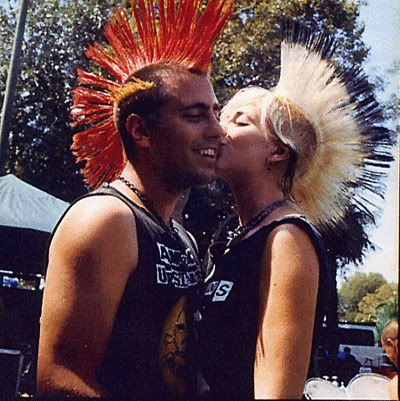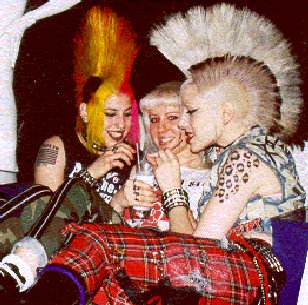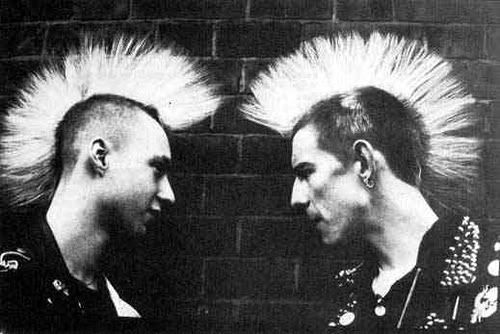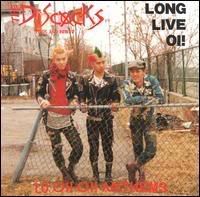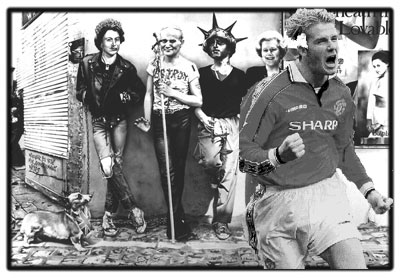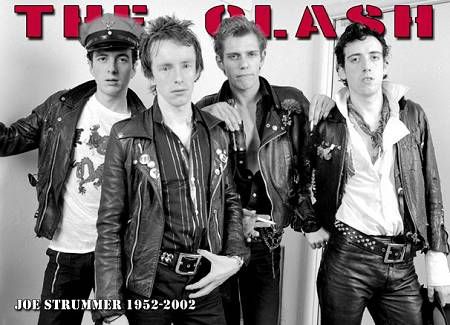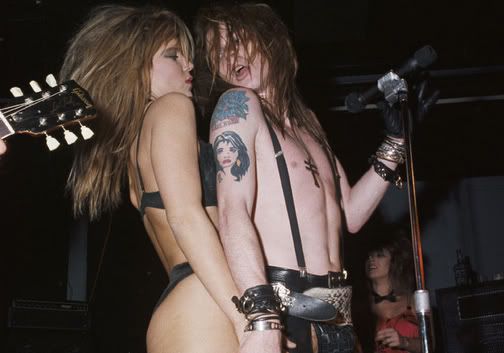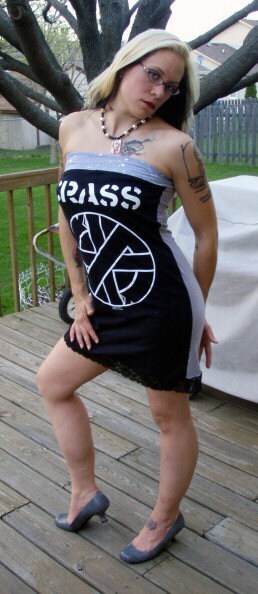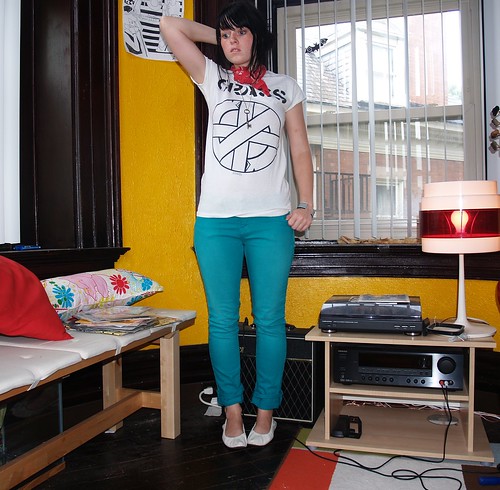

The Ramones were an American rock band often regarded as the first punk rock group. Formed in Forest Hills, Queens, New York, in 1974, all of the band members adopted pseudonyms ending with "Ramone", though none of them were actually related. They performed 2,263 concerts, touring virtually nonstop for 22 years. In 1996, after a tour with the Lollapalooza music festival, the band played a farewell show and disbanded. A little more than eight years after the breakup, the band's three founding members—lead singer Joey Ramone, guitarist Johnny Ramone, and bassist Dee Dee Ramone—were dead. The Ramones were a major influence on the punk rock movement both in the United States and the United Kingdom, though they achieved only minor commercial success. Their only record with enough U.S. sales to be certified gold was the compilation album Ramones Mania. Recognition of the band's importance built over the years, and they are now cited in many assessments of all-time great rock music, such as the Rolling Stone lists of the 50 Greatest Artists of All Time and 25 Greatest Live Albums of All Time, VH1's 100 Greatest Artists of Hard Rock, and Mojo's 100 Greatest Albums. In 2002, the Ramones were ranked the second greatest band of all time by Spin magazine, trailing only The Beatles. On March 18, 2002, the Ramones—including the three founders and drummers Marky and Tommy Ramone—were inducted into the Rock and Roll Hall of Fame. The original members of the band met in and around the middle-class neighborhood of Forest Hills in the New York City borough of Queens. John Cummings and Thomas Erdelyi had both been in a high-school garage band in 1966–67 known as the Tangerine Puppets. They became friends with Douglas Colvin, whose family had recently moved to the area. Jeffrey Hyman was in the short-lived early 1970s glam rock band Sniper. The Ramones began taking shape in early 1974 when Cummings and Colvin invited Hyman to join them in a band. The initial lineup featured Colvin on lead vocals and rhythm guitar, Cummings on lead guitar, and Hyman on drums. Colvin, who soon switched from rhythm guitar to bass, was the first to adopt the name Ramone, dubbing himself Dee Dee Ramone. He was inspired by Paul McCartney's use of the pseudonym Paul Ramon during his Silver Beatles days. Dee Dee convinced the other members to take on the name and came up with the idea of calling the band the Ramones. Hyman and Cummings became Joey Ramone and Johnny Ramone, respectively.
